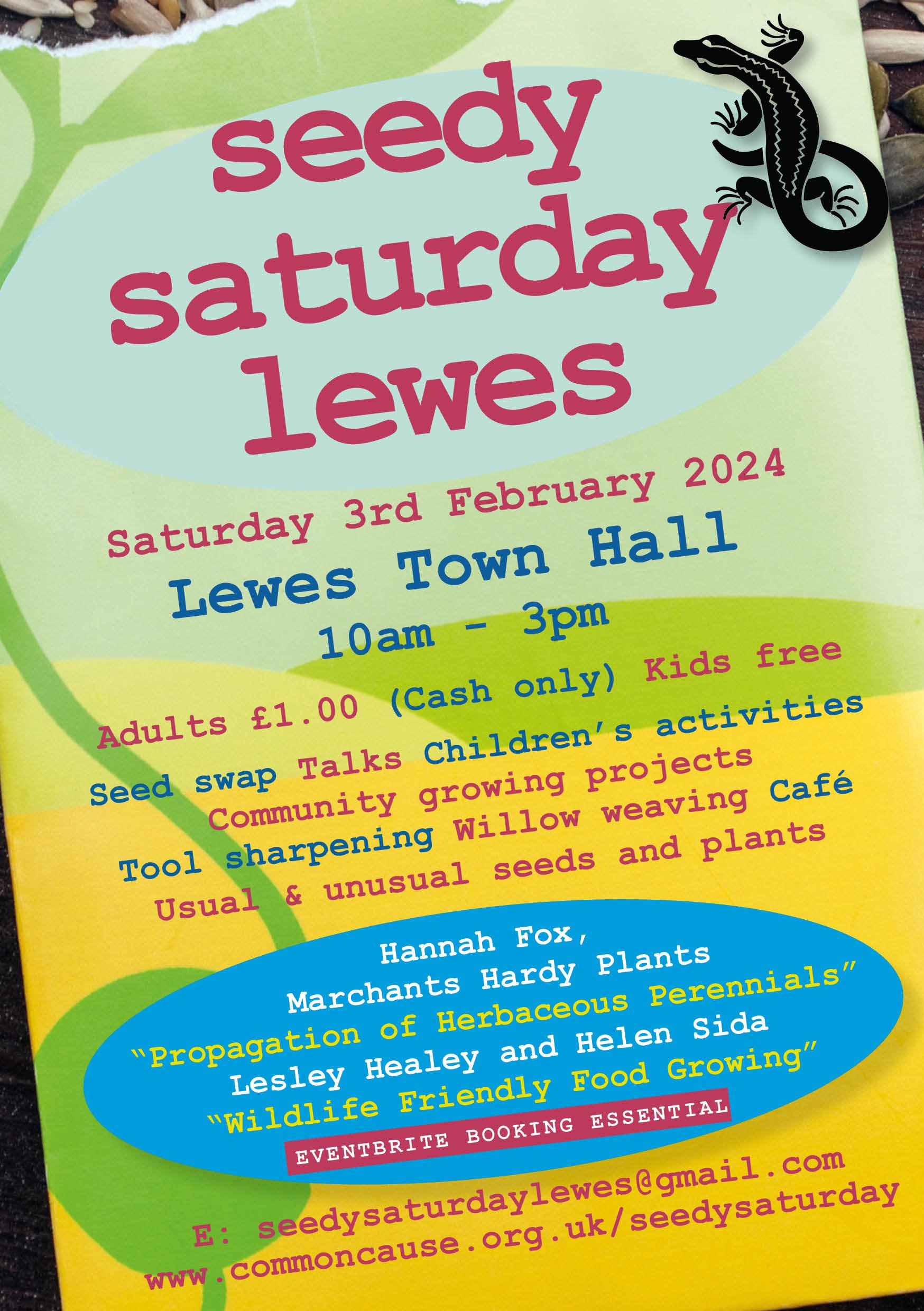January Newsletter
I was really enjoying the cold sunny weather we had for a while, not so much, though, this weeks return of the storms. It’s surprising how much is going on in the garden in the depths of winter, I love wondering around looking out for signs of life. Seedlings, shoots and tree buds are starting to show and the mosses are looking plump and verdant from all the rain. Most of the flowering plants which had hung on since autumn have finished flowering now, superseded by newly emerging ones like Winter Aconite and Snowdrops. This morning in the sunshine I watched a honey bee and 2 hoverflies visit the yellow Winter Aconite flowers as a reminder how important early spring flowers are. Spring is definitely in the air and the days are getting longer.
Photos: Winter Aconite, Daffodil shoots, Snowdrops, moss on a tree trunk
Big Garden Birdwatch
This weekend I'm planning to take part in the RSPB's Big Garden Birdwatch. It's involves downloading a digital guide, spending an hour recording the birds that visit your garden anytime from Friday 26th to Sunday 28th January and submitting the results online. As the RSPB reports that fewer wild birds are visiting gardens is a good opportunity to take part in long running citizen science project to contribute to data on our bird population. How to identify common garden birds
Frozen Ponds
In the recent cold spell the pond at Chalkhill was frozen solid for a few days. I'd heard conflicting advice and information about what to do about a frozen pond so did a bit of research. This short article explains how to help wildlife when ponds freeze and the strategies different creatures use to survive. The key points are:
Don't be break the ice, or use salt or hot water
Ensuring water remains oxygenated is important and best done by encouraging lots of submerged vegetation
Brush snow off ice to allow light through
Have a range of wildlife-friendly areas in your garden, that will provide shelter in the water and surrounding land.
Its quite possible there will be more cold spells over the next couple of months so its good to know how to help our pond life when that happens.
The pond at Chalkhill
A Rewilding Gardener's Diary
January has been a quiet month in the garden. The first storm of the year brought down a medium sized Cherry tree near to the house. We had to chainsaw some of the larger branches which were in the way. Most of the trunk is now lying in the hedge and we'll probably leave it there as a deadwood habitat. I've got plans to make a feature log pile when we've sawn up the big branches, tucked into the hedge near the trunk.
The green roofs are still looking good, covered in seedheads providing shelter for invertebrate throughout the winter. I'm planning to strim them and collect the cutting at the end of February as the spring growth starts to get going. Another job I have managed to fit around the storms and freezes this month is to prune the 2 year old native hedge whips around the wildlife pond. Pruning will encourage the whips to grow nice and bushy, providing a dense shelter as they develop into a hedge.
There are some exciting signs of growth in the vegetable patch. The rhubarb is starting to unfurl its new leaves, while the parsley and rainbow chard from last year are both providing an occasional crop. This weekend I'm planning to sow some lettuce seed in the polytunnel
Photos: green roof, rhubarb unfurling, rainbow chard, fallen cherry tree
Seedy Saturday
In my capacity of Allotment Biodiversity Advisor for The Lewes Mosaic Project I'm going to be contributing to a talk on "Wildlife Friendly Food Growing". Seedy Saturday is a fun event, a chance to swap and buy seeds, buy plants and generally all things horticultural.
Thanks for reading
If you'd like to find out more about Chalkhill Rewilding’s services take a look at my website, email for more information or WhatsApp me on 07957 170015. And please feel free to forward my details to any of your friends and neighbours you think may be interested in making their gardens wilder. Click here to subscribe to this newsletter
Photo: Teasel seedheads by Chalkhill's pond












